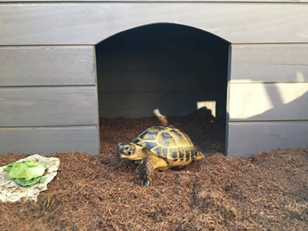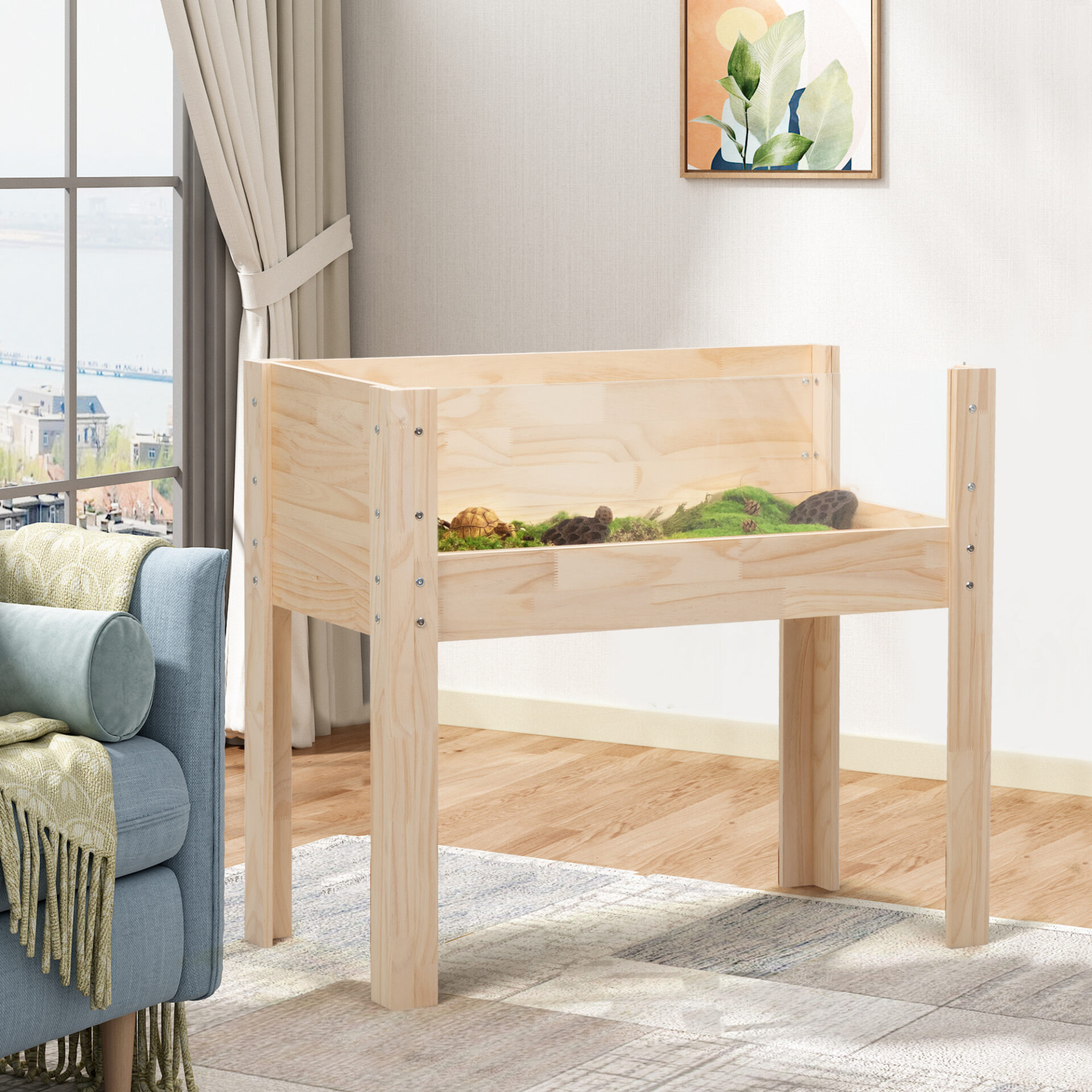Although we often state that keeping a turtle as a pet is simple, there are many considerations for turtle care. You should educate yourself on pet turtles before selecting whether or not to keep one so that you can better care for it. You ought to be an expert on turtle care. You can use less energy if you are aware of the turtle’s needs.
Types of Pet Turtles
There are many people who keep turtles among the army of pets. Many people believe that keeping turtles is a good idea because they aren’t as demanding to care for as other pets. Turtles come in a wide variety of varieties. However, they are ignorant of turtle care.
Turtles kept as pets can be classified as terrestrial, aquatic, semi-terrestrial, marine, or bottom-dwelling depending on their surroundings of residence. Animal, plant, and omnivorous turtles are classified according to their preferred types of diet. The Chinese tortoise, the Mississippi map turtle, and the Brazilian tortoise are the most prevalent ones.
Which turtles are easier to nurture and maintain as pets? What kind of turtle would be best for a beginner? Which turtle species is the best and most attractive? This will introduce you to the world of turtle pets.
- Brazilian Pet Turtle Care
The Brazilian tortoise is the most typical animal that people keep. Brazilian turtles are inexpensive and contagious pets. The water will remain clean if the temperature is maintained at the proper level.
However, you should be aware that although the Brazilian turtle enjoys spending time in the sun, it cannot be left out there for an extended period of time. The placement of outdoor turtle cages must have facilities for shading because they cannot be left in areas with continuous direct sunshine. Install a UV light 30 cm away from the turtle box and irradiate it for 15 to 20 minutes each day if you keep turtles indoors. Brazilian turtles make excellent first-time pet owners.
- Egg Pet Turtle Care
A sizable type of turtles that has grown in popularity recently are egg turtles. The egg turtle has a rather distinctive form. It has an oblong, extremely smooth carapace. When viewed from the top down, it is identical like an egg, therefore the name. Because pet egg turtles are omnivorous, you can also properly give them shrimp, small fish, red nematodes, animal offal, etc. in addition to turtle food.
- Flame Pet Turtle Care
The fiery, vivid stripes on flaming tortoise shell resemble flames. Its plastron is typically yellow but occasionally has patterns in red, black, and reddish-brown. The flame turtle’s adult body length will range from 35 to 45 cm. It consumes a variety of foods. Animal feed can devour things like tadpoles, earthworms, snails, tiny fish, and shrimp. When raising turtles in this way, you can give them homegrown produce like lettuce and cabbage as well as turtle food.
- Burmese Pet Turtle Care
The carapace of the adult Burmese turtle is rounded and oval in shape. It has a yellowish brown body and a yellowish green head. The Burmese turtle’s scutellums are covered with sporadic black patches. Burmese turtles mostly eat plants, although they also consume animal products. They enjoy eating tomatoes and can be given melons, fruits, vegetables, lean meat, etc. We are merely introducing this breed here. In fact, personal selling and breeding of Burmese tortoises are severely forbidden as they are a national protected species.
- Maple Pet Turtle Care
Among the more prevalent turtles are maple turtles. This tortoise is distinctive-looking and simple to spot. Their tail features several tooth-like embellishments, and their carapace is long but not wide. Therefore, it resembles a maple leaf more. Omnivorous pets include maple turtles. When you raise turtles in this way, you can feed them a variety of insects, worms, plant leaves and fruits, etc.
- Map Pet Turtle Care
Pet map turtles have a variety of distinctive qualities. The scutellum and skin’s distinctive tiny lines stand out the most. The term “Map Turtle” is derived from this. because they resemble map contour lines. By rearing turtles in this way, you can offer them a variety of foods, including fish, crustaceans and shellfish, chicken, liver, insects, and lean meat.
- Money Pet Turtle Care
The shell of the money glans is reddish brown, and the back of the head is golden yellow. Its body is covered in three vertical black stripes that resemble a “Chuan” character lying across it. This is a trait shared by all money turtles. The money turtle is an omnivorous turtle that eats a variety of aquatic creatures in the wild, including fish and shrimp. They occasionally also consume a little amount of wild fruits and vegetables. They also enjoy eating animal offal, bee pupae, and earthworms. It is primarily carnivorous in artificial breeding.
How Long Do Pet Turtles Live

Regarding turtle care as a pet, many people are interested in their longevity. A thousand-year-old tortoise is said to have an 80,000-year lifespan. But this is simply overstating the case. Actually, not all tortoises have that kind of longevity. What should one do if a pet turtle lives longer than a human being?
We just mentioned that the most popular turtle kept as a pet is the Brazilian turtle. Brazilian turtles that have been reared by people typically live 15 to 25 years. The average turtle lives for 50 years. A marine turtle can live for 100 to 150 years.
the turtle species we mentioned earlier. Lifespan of egg turtles is 10 to 20 years. The flame turtle has a 30- to 50-year life span. A Burmese turtle can live for 30 to 50 years. A map turtle can live for 10 to 20 years. The average lifespan of a maple turtle is 10 years. A money turtle can live for 30 to 80 years.
